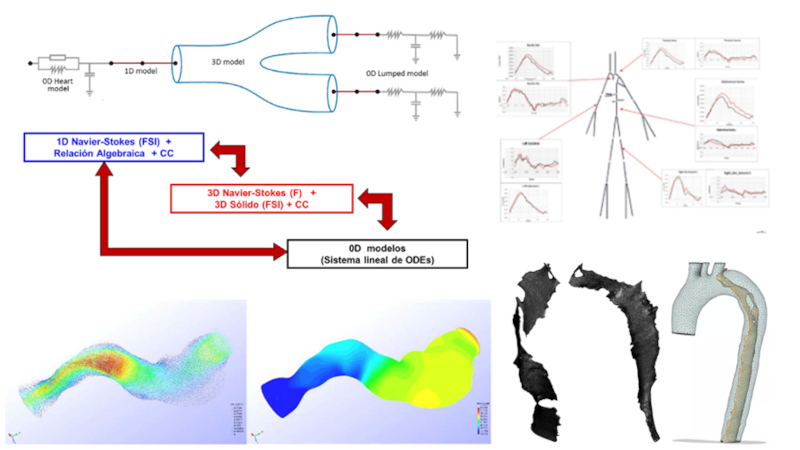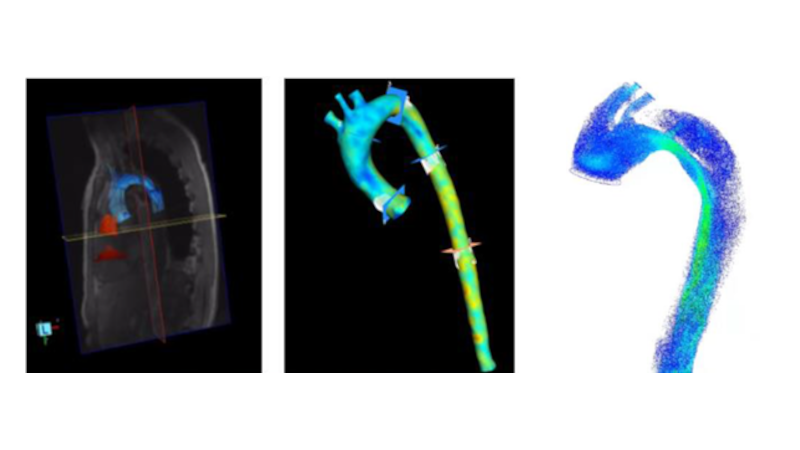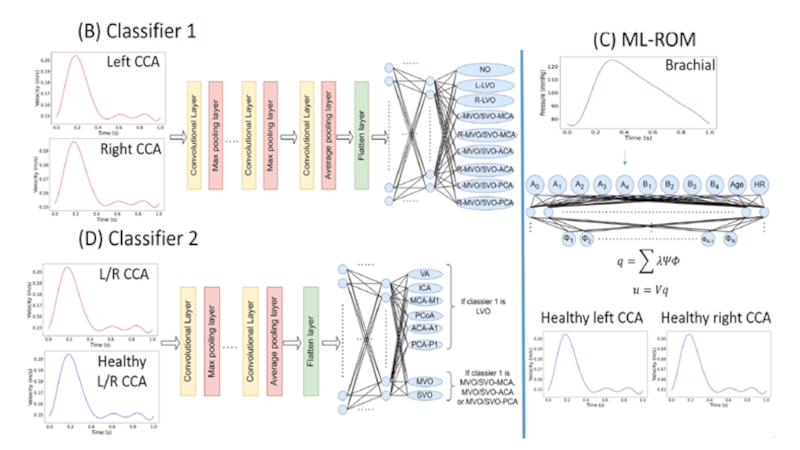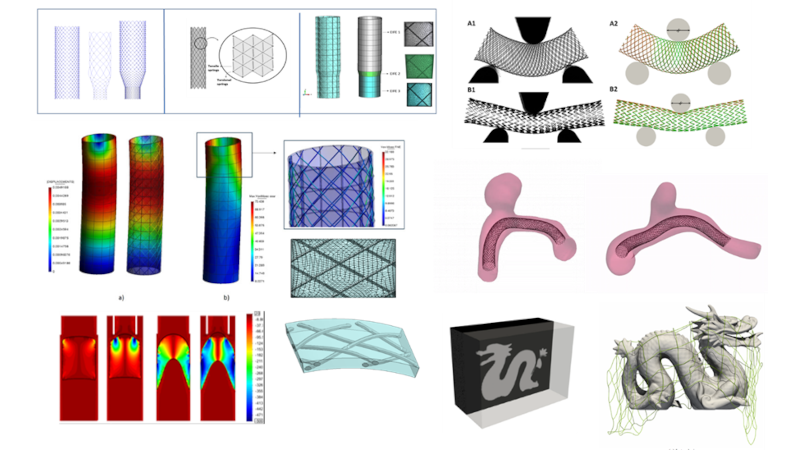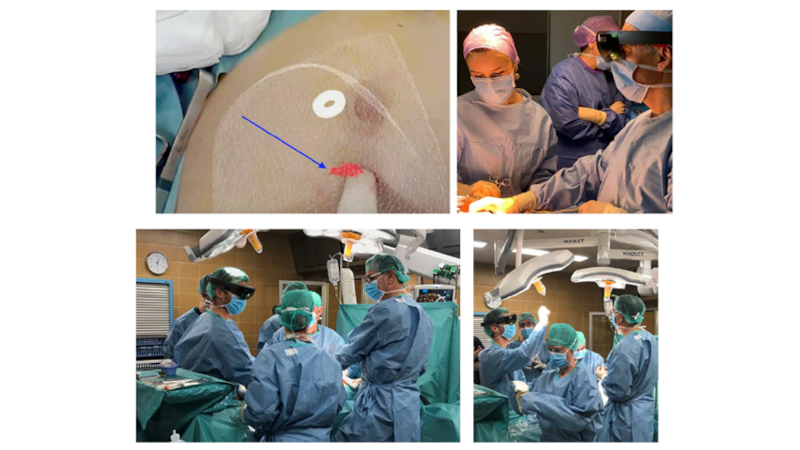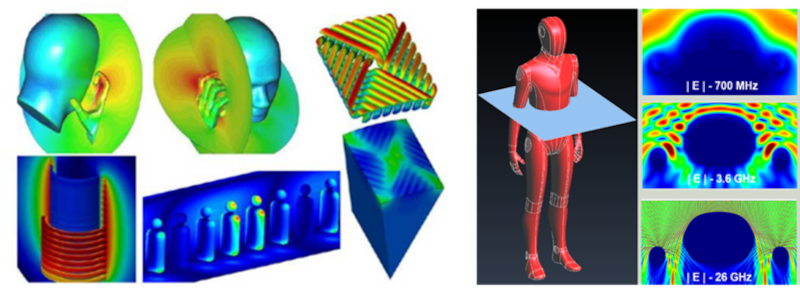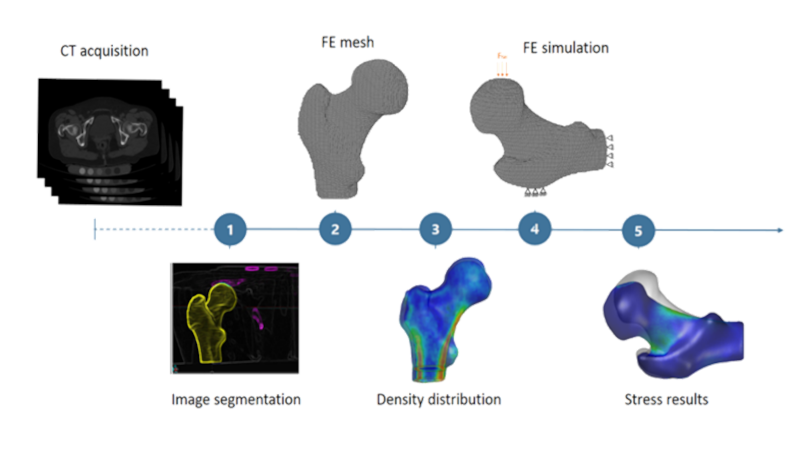Computational Mechanics in Medical Engineering and Living Matter
Computational Biomedical Engineering
Principal Investigator
Eduardo Soudah
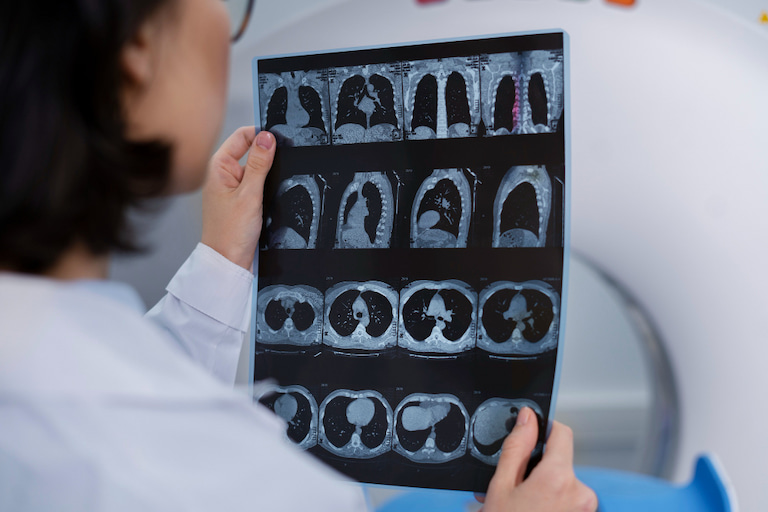
Overview
Research
Staff
Projects
CIMNE’s Computational Biomedical Engineering group develops advanced digital tools to create personalized treatment plans and medical devices, improving patient outcomes through precision diagnostics, surgical planning solutions, and optimized therapies.
The Computational Biomedical Engineering (CBE) group aims to position itself as a strategic partner for biomedical companies, offering advanced computational modelling, AI, surrogate modelling, and simulation-based tools to support the development, optimization, understand and validation of innovative medical devices and New Approach Methodologies (NAMs). By combining expertise in numerical methods, medical image analysis, and Digital Twin technologies, the group contributes to the acceleration of biomedical research and the modernization of regulatory testing frameworks.
The group is also pioneering the integration of augmented and virtual reality (AR/VR) into clinical practice, developing cutting-edge applications for surgical planning in areas such as breast and liver surgery.
By creating specialised interfaces between Unity and CIMNE’s KRATOS multiphysics framework, they are enabling real-time augmented simulations for medical training and intervention planning.
By combining computational biomechanics, AI-driven analysis and immersive visualisation, the BME group is bridging the gap between technical innovation and clinical need – optimising medical device development and surgical preparation to improve patient outcomes through technology-enabled precision medicine.
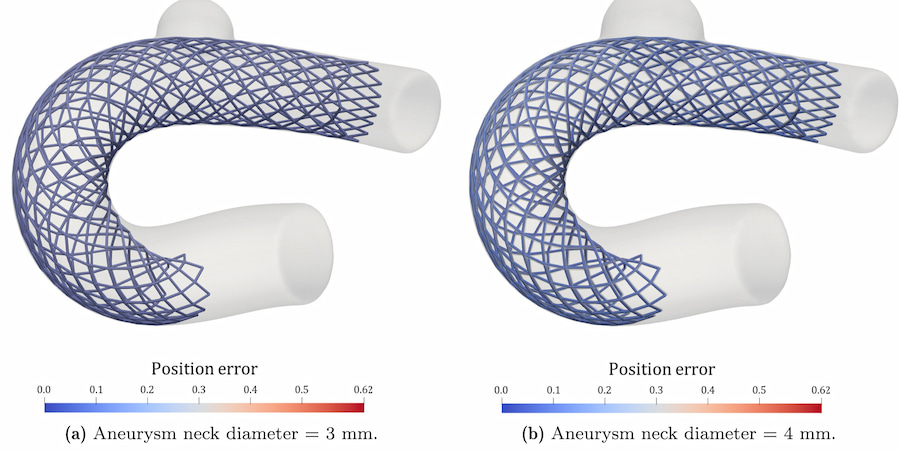
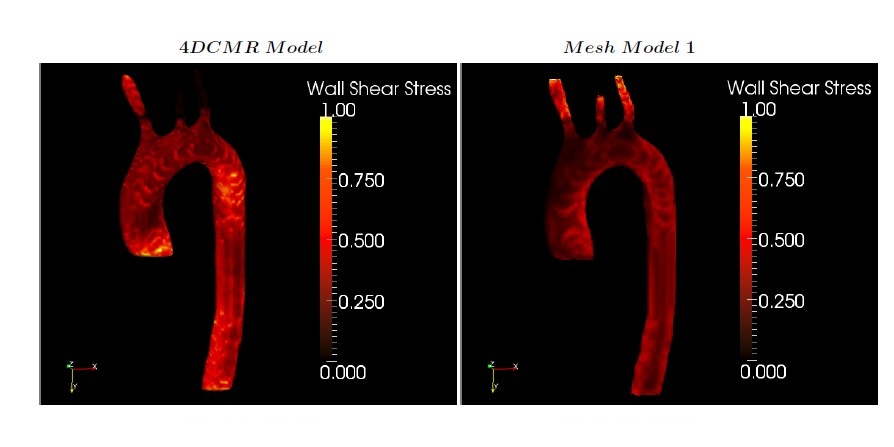
Research areas
Cardiovascular and Multisystem Modelling
This research line focuses on the development of computational methods to simulate cardiovascular physiology and pathology, with particular emphasis on multi-scale cardiovascular models, including 0D, 1D, and 3D representations, to provide detailed, yet computationally efficient, insights into hemodynamic behaviour. These models form part of a broader Digital Body framework, which integrates cardiovascular, respiratory, and other physiological compartments for systems-level analysis. Our methodology combines parametric modelling and correlation of physiological variables, allowing for the study of inter-organ interactions, disease progression, and the evaluation of therapeutic strategies. This enhances the predictive capacity of the models, contributing to both research and clinical decision-making.
Cardiovascular Surrogate modelling
We combine numerical simulations with machine learning and reduce order models for developing decision support tools.
Medical Device R&D
We are working on developing personalized medical devices. For medical companies and physicians who need to improve their personalized designs, we bring innovative tools based on our numerical simulation technology to better design medical devices during the pre-prototype stage.
Augmented and Virtual Reality
We are interested on developing an interactive surgical communication platform based on augmented reality technology for clinical remote assistance in real time. By creating plug-in modules to connect simulation tools with unity for augmented and mixed reality modules. This technology has been already tested for breast and liver surgeries. The Biomedical Engineering (BME) group has developed an API to couple Unity and KRATOS framework to provide real-time simulations for augmented reality applications. Nowadays, Biomedical Engineering (BME) group is collaborating with the Hospital Clinic of Barcelona through a project funded by AECC (Ideas Semilla 2023).
Cardiovascular and Multisystem Modelling
We use numerical simulations model to study the effect of the electromagnetic field (Low and high frequencies) inside humans/pregnant women.
Biomechanics
We are using numerical tools to improve bone disease diagnostics by turning CTA imaging data into 3D patient specific models. From the image to the stress.
Computational tool for Mandibular Devices
New solution for Obstructive Sleep Apnea treatment (OSAS) and occlusal splint.
Ongoing projects
Finished projects
Related news
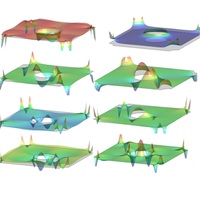
CIMNE’s biomedical group proposes a special type of Finite Element technology in new article
Researchers from the Bio-medical Engineering Research Group at the International Centre for Numerical Methods in Engineering (CIMNE) have proposed a special type of Finite Element (FE) technology in a new paper entitled Empirical Interscale Finite Element Method...






